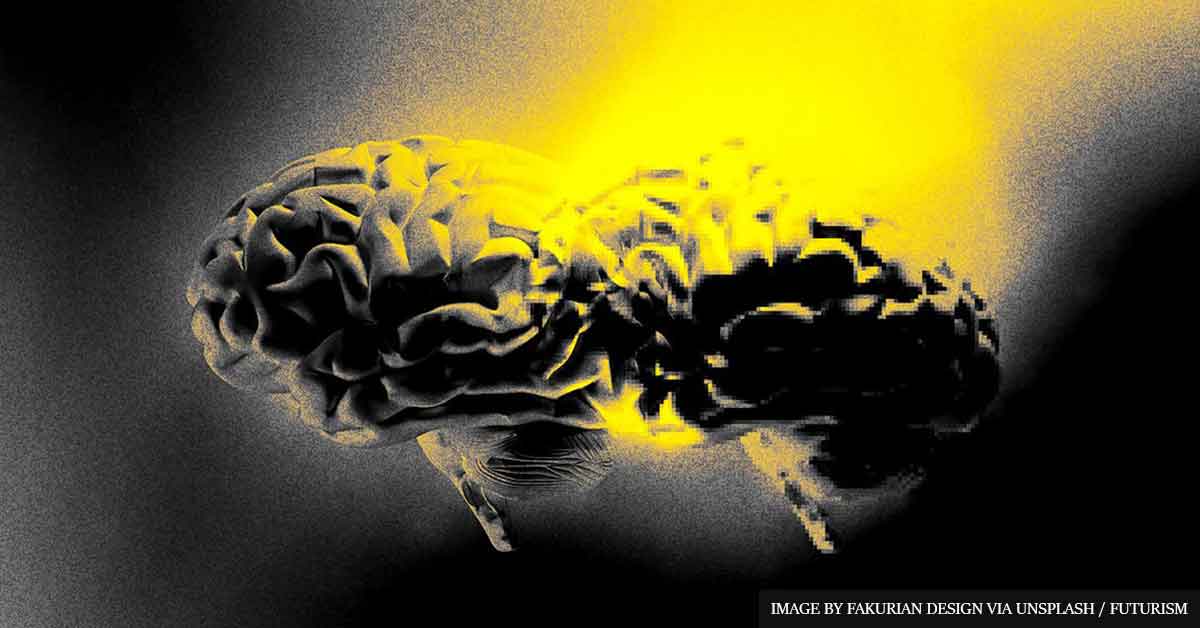Scientists have come up with a revolutionary biosensor that can be injected into the bloodstream to potentially monitor thoughts.
The microscopic nanosensors, named NeuroSWARM3, can center the bloodstream and travel to the brain where they can turn neural activity into electrical signals, which allows them to be analyzed by machinery, scientists at the University of California, Santa Cruz have found.
According to the team of scientists, the technology could grant additional mobility to people with disabilities as well as help us understand the process of thought to a much greater degree. Testing on humans and animals, however, is yet to be done.
#BaskinEngineering Asst. Professor Ali Yanik & lab have developed a novel nanoscale sensor technology that could be injected into the body to monitor brain activity. Yanik will present his research at the July 19-23 OSA Imaging & Applied Optics Congress: https://t.co/JUsLp2DgW9 pic.twitter.com/pTCNLrEIlE
— Baskin Engineering at UCSC (@BaskinEng) July 19, 2021
Lead study author A. Ali Yanik had the following to say about the new technology:
“NeuroSWARM3 can convert the signals that accompany thoughts to remotely measurable signals for high precision brain-machine interfacing. It will enable people suffering from physical disabilities to effectively interact with the external world and control wearable exoskeleton technology to overcome limitations of the body. It could also pick up early signatures of neural diseases.”
The technology also operates in a different way than other brain-computer interfaces such as Elon Musk’s Neuralink, which are working on implant-based solutions and not nanosensor swarms.
A probe developed by @ucsc engineering professor A. Ali Yanik "opens a new field" and could be an order of magnitude more efficient than @elonmusk's @neuralink MEA-based system. https://t.co/hVKWSVbGEa @markoff @Hamilbug @publicbill @EineKleineKerry pic.twitter.com/rWmxphG2Xb
— Baskin Engineering at UCSC (@BaskinEng) October 18, 2019
The tests show that the nanosensor swarm is so sensitive that it can actually detect the activity of individual brain cells.
And while single-neuron readings are nothing new, detecting them with free-floating sensors, and wirelessly broadcast them through a patient’s skull, is an impressive feat. As scientists gain more knowledge, those capabilities could make real-time neuroscientific research easier and neurological medicine much more powerful.
Subscribe to our Youtube Channel:“We are just at the beginning stages of this novel technology, but I think we have a good foundation to build on,” Yanik added. “Our next goal is to start experiments in animals.”


.jpeg&w=60&q=100&h=60)


.jpeg&w=60&q=100&h=60)








